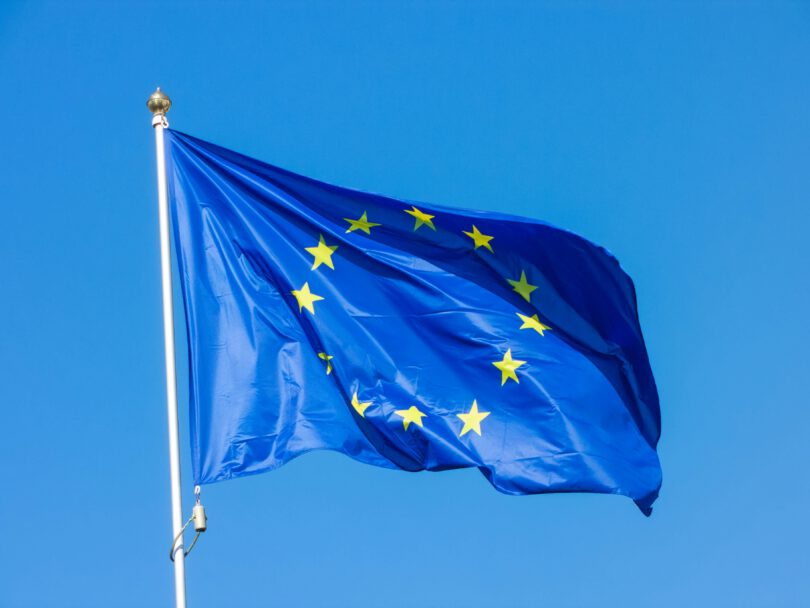The European Union has formally declared 12 October 2025 the introduction date for its long-awaited Entry/Exit System (EES), which will electronically track non-EU travelers entering and leaving the Schengen Region.
The EES anticipates modernising border regulations by replacing the present system for manual stamping of passports.
It will account for biometric and travel information of short-stay guests from third nations, intending to boost safety and facilitate border processes across member nations.
Meanwhile, the enforcement of the European Travel Information and Authorization System (ETIAS), formerly scheduled to roll out in parallel with EES, has now been shifted to late 2026.
ALSO SEE: EUROPEAN NATIONS WHERE FOREIGN STUDENTS CAN EASILY GET PERMANENT RESIDENCY IN 2025
ETIAS will require visa-excluded travelers to make an application for travel approval before landing.
The Entry/Exit System (EES) is ready to replace manual passport stamping with a totally automated digital system for non-EU citizens entering or exiting the Schengen Region for short visits up to 3 months within a 180-day duration.
The system will capture and save major traveler details, including names, passport information, biometric information such as fingerprints and facial pictures, and the actual dates and places of access and exit.
The objective is to toughen border safety, snag overstayers, and hasten processing for legal travelers.
EU TO ROLL OUT ENTRY/EXIT SYSTEM IN STAGES OVER 180 DAYS
Based on enforcement plans, the European Union’s Entry/Exit System (EES) will be launched gradually over a 180-day transition duration.
Initial stage: A restricted number of border crossings will start making use of the new system.
Advancing extension: Further border points will be merged into the system as time passes.
Total deployment: By the end of the 180-day portal, EES will be functional at all relevant access and exit points across the Schengen Region.
The staged rollout will also include a gradual ramp-up in the acquisition of biometric information, including fingerprints and facial scans.
Hence, the actual beginning date for this transition remains unclear. Travelers are advised to remain updated as additional information is revealed.
ETIAS: WHAT TRAVELERS FROM VISA-EXCLUDED NATIONS SHOULD KNOW
The European Travel Information and Authorization System (ETIAS) is a new pre-screening travel approval condition for visitors from visa-excluded nations, similar to the United States ESTA or Canada’s eTA.
Once enforced, ETIAS will be applied to non-EU citizens who do not require a visa to enter the Schengen Region. This group includes travelers from the United Kingdom, the United States, Canada, Japan, Australia, and many other nations.
MAJOR FEATURES OF ETIAS INCLUDE:
- Compulsory approval before traveling to Europe.
- A fast and easy online request procedure.
- Authentic for 36 months or until the traveler’s passport expires.
- A fee of $8.23 for several candidates.
- ETIAS is expected to be launched in late 2026 as the EU waits for the EES rollout.
Initially scheduled to be introduced in 2025, the European Travel Information and Authorization System (ETIAS) is currently anticipated to go live in the last quarter of 2026.
The delay, declared by the European Council on 5th March, 2025, is directly related to reversals in enforcing the Entry/Exit System (EES), on which ETIAS is based on traveler information.
Hence, the suggested 2026 introduction date is not yet formal, as it still needs authorization from the European Parliament.
ETIAS FEE READY TO RISE AS EU INTENDS BUFFER DURATIONS FOR EASY ROLLOUT
The European Union is anticipated to increase the ETIAS request fee from the initial $8.23 to about $23.52. EU officials have cited increasing functional and administrative expenses as the motive for the changes.
To simplify the transition once ETIAS is introduced, the EU has suggested two major buffer durations:
- Transitional Duration (first six months): Travelers will be permitted to enter the EU without an ETIAS approval, provided they satisfy all other access conditions.
- Grace duration (following six months): First-time travelers can still go in without ETIAS; however, frequent travelers will need to offer endorsed ETIAS approval.
These staged standards are intended to assist travelers in adjusting to the new system while reducing disruptions and hesitations at European airports during the first rollout.







